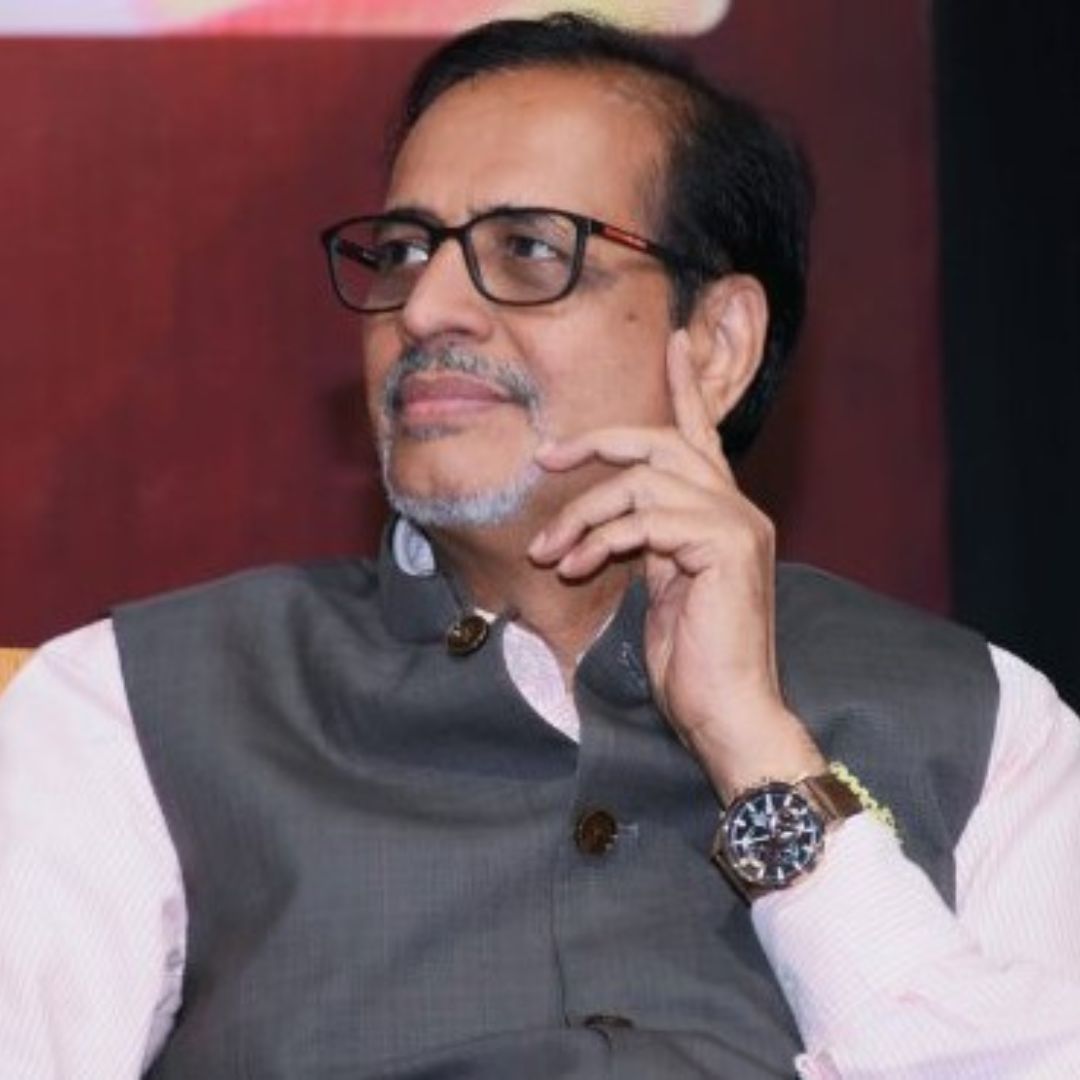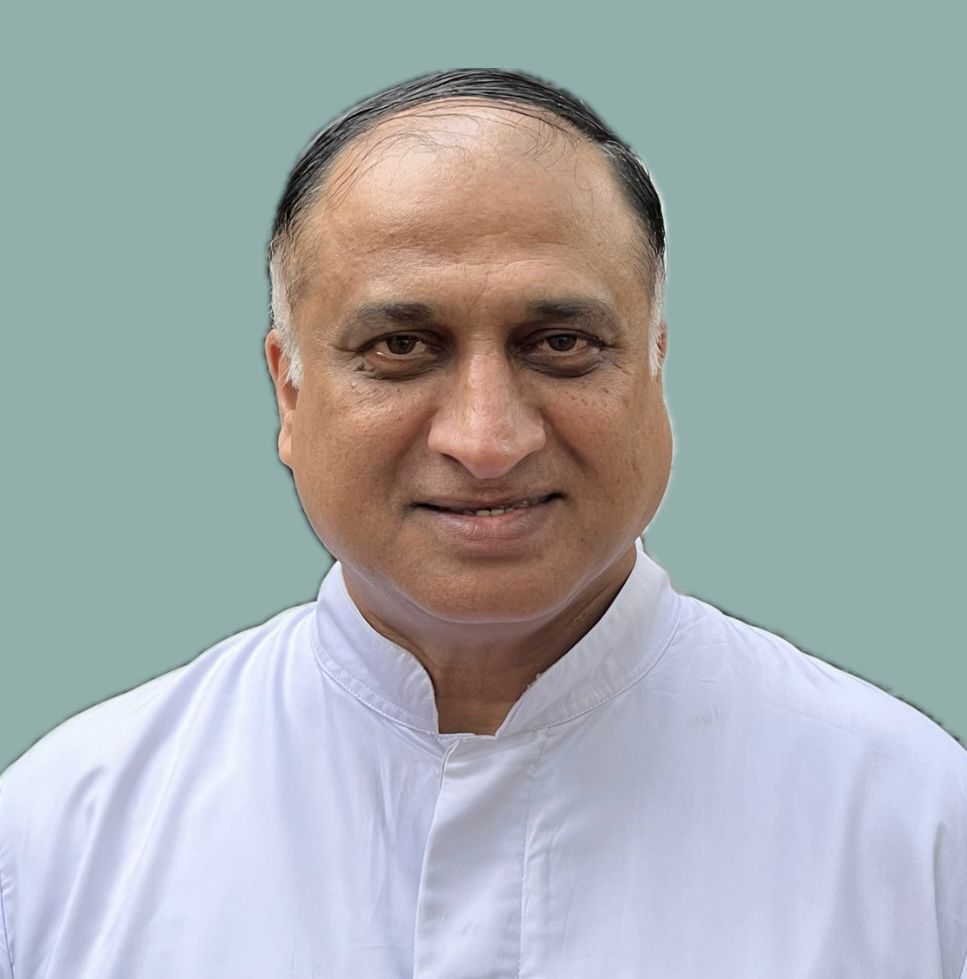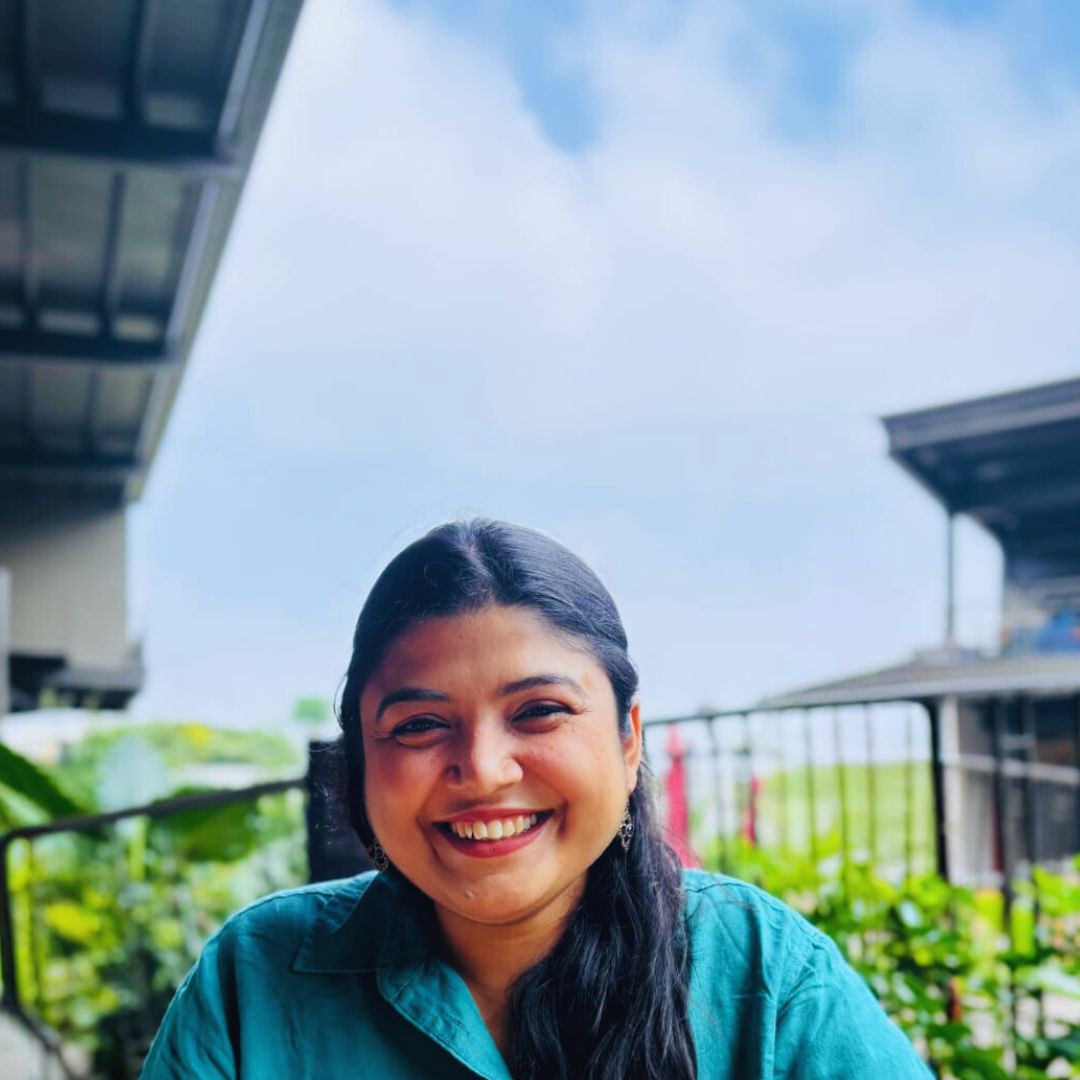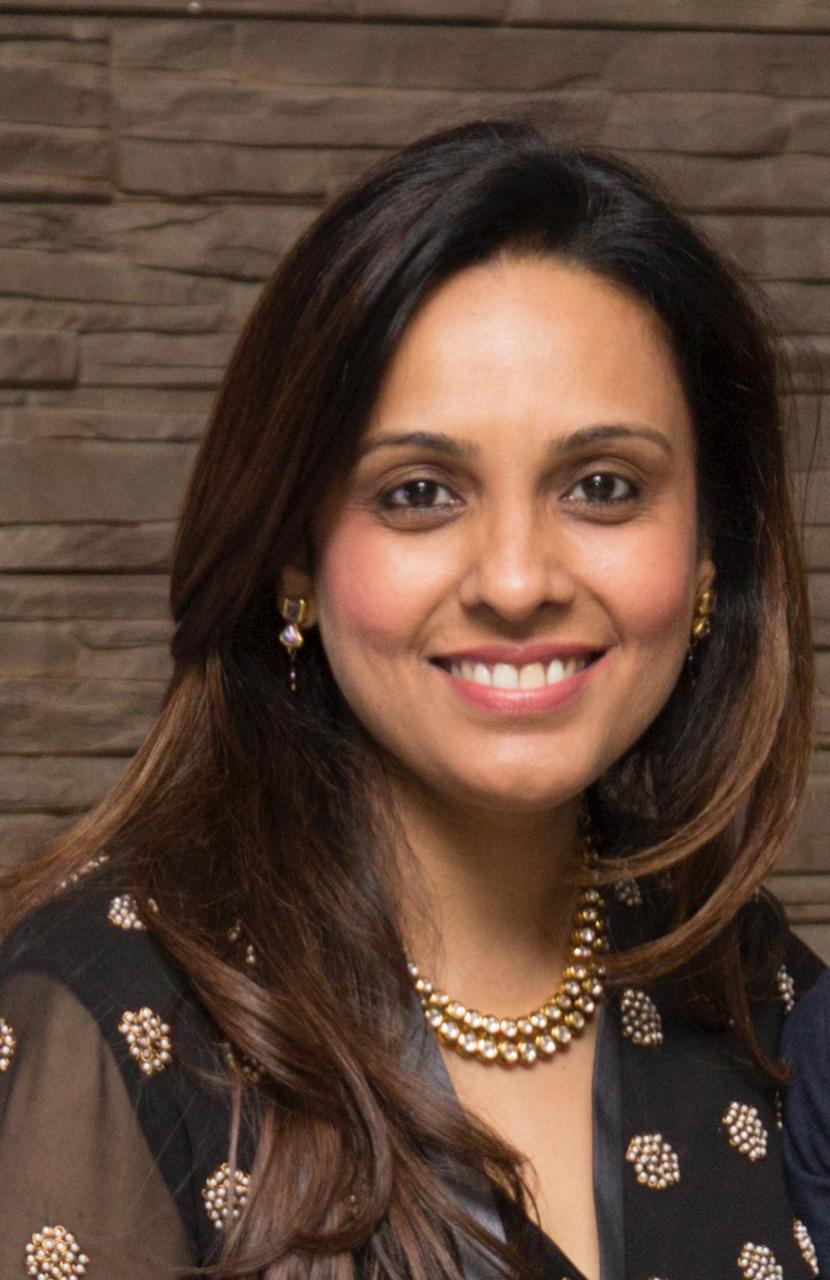Featuring insights from Ashok Pandey, Senior Fellow – Education, Global Peace Foundation, USA
At Adhyayan, we’ve had the privilege of walking alongside hundreds of schools as they reflect on and work towards their own version of “what good looks like.” And time and again, one truth stands out: great schools are built on people, purpose, and the belief in possibility.
In this edition of our series, we’re delighted to feature the reflections of Mr Ashok Pandey, a veteran school leader and educationist with decades of experience across India and beyond. His words echo many of the patterns we’ve observed in schools that are creating deep, meaningful impact—not just for their students, but for their communities.
People: The Heart of School Transformation
“What good looks like begins and ends with the people in the school—its teachers, its leaders, and its learners.”
Mr Pandey’s reminder couldn’t be more timely. Through our reviews, we’ve consistently seen that the single greatest in-school factor affecting student learning is the teacher. But great teaching doesn’t happen by accident. It’s fuelled by schools that invest in ongoing, high-quality professional development, and foster a culture where adults are learning just as much as children.
That culture starts at the top. Great leaders, as Mr Pandey puts it, are not just administrators—they’re instructional leaders and culture architects. They build trust, hold the vision steady, and enable their teams to grow.
Purpose: Preparing Students for the Future
For us, “what good looks like” has always gone beyond performance in exams. It’s about preparing students to thrive in a complex, changing world. Mr Pandey points to this broader mission: cultivating critical thinking, collaboration, communication, and resilience.
This is something we see in good schools across the country—they’re asking bold questions:
- How do we define success?
- Are we truly listening to student voice?
- Are we preparing young people for uncertainty?
These schools rethink how time is used, how learning is experienced, and how the classroom connects to life beyond it.
Possibility: Relationships as the Foundation of Learning
One of the most powerful insights Mr Pandey shares is that learning is relational. We see this play out in schools that prioritise connection—between teachers and students, and between schools and families.
In these environments, children feel safe, valued, and seen. Diversity is embraced, and belonging is intentional.
While technology and infrastructure can support learning, they aren’t the drivers of impact. As Professor John Hattie reminds us:
“The greatest effects on student learning occur when teachers become learners of their own teaching, and when students become their own teachers.”
Good schools create space for both.
So, What Does Good Look Like?
There’s no one-size-fits-all checklist—but across every great school we’ve encountered, we find common threads:
- A clear moral purpose
- A professional learning culture
- A deep commitment to every child’s potential
These are the hallmarks of schools that don’t just function—they flourish.




